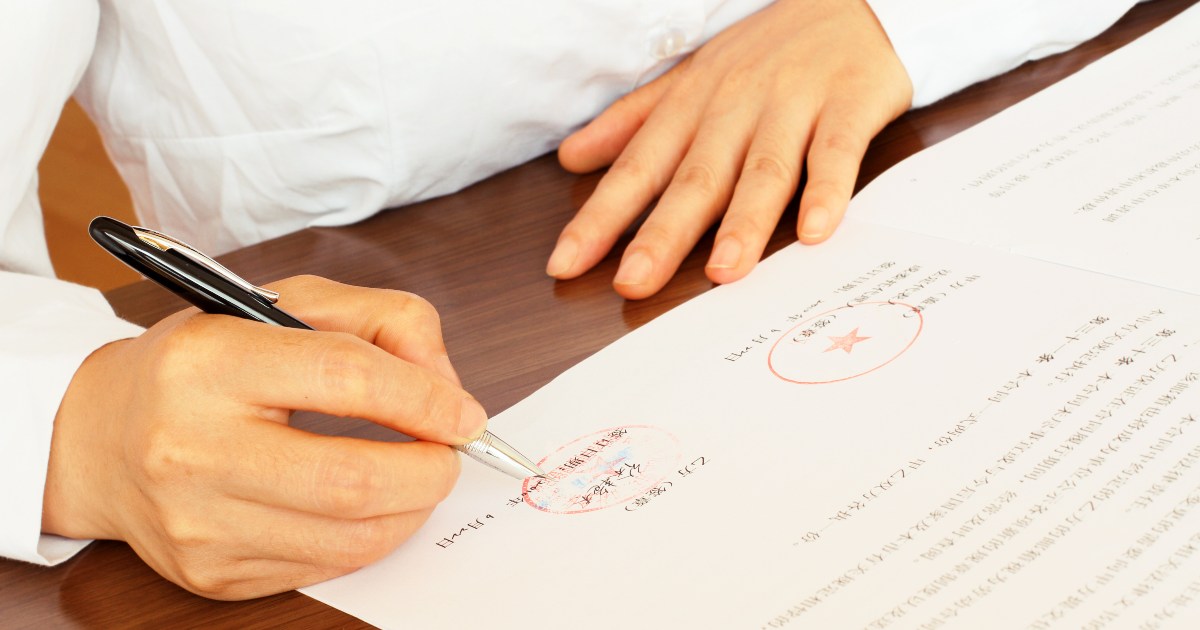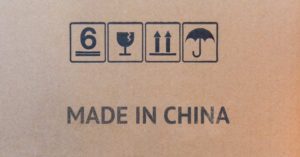
China is the perfect location for start-up companies and SMEs from all over the world to bring innovative products to life, but without knowing how to create a manufacturing contract in China which will protect your IP and more, any dreams could soon turn into nightmares.
Manufacturing your new product in China is a great idea, but legal protection is required
There are numerous factories in China and beyond that can offer their support to help you design, develop and eventually manufacture the product you’ve got in mind (this is the New Product Introduction process basically).
Generally, you would think that if you pay for the above things, you will own 100% of the IP for your product such as design, molds, and tooling, but is this the case in reality?

Far from it, we’re afraid.
Here at Agilian, we’ve had cases where the factory that produced a product for our client has secretly registered the client’s trademark in China and at the same time was producing a very similar product for our customer’s main competitor.
Our client only found about this by accident and when they did, it turned out that there was little they could do since there was no official NNN contract in place with their Chinese supplier.
Learn more in this blog post: Negotiating With Chinese Suppliers: The Terms you Need to Discuss
A manufacturing contract in China will also guard against unauthorised subcontracting
Another common situation occurs when a customer selects their new supplier, audits the factory and feels happy to proceed with production.
At some later point, a manufacturing issue occurs and it’s essential to go onsite and check where the problem lies.
This is where it turns out that the supplier couldn’t or didn’t want to produce the entire product and decided to subcontract a part leaving our customer unaware about where a part of their product is produced.
Not only is unauthorised subcontracting like this one of the main drivers of production delays, but it also opens you up to quality problems, IP theft, or even PR issues (if it turns out that a sub-supplier is unethical for some reason)!
If your supplier is contractually bound not to subcontract unless it is to agreed sub-suppliers who you have full knowledge of, then this problem is greatly reduced.
Read more here: 8 Ways to Prevent Chinese Suppliers from Subcontracting
You’ll also be protected when opting to switch suppliers and move molds
We also commonly see issues that could be avoided by agreeing a manufacturing contract in advance when a client is unhappy with their current Chinese manufacturer and wants to move production to a new supplier’s factory.
Only then do they find out that the current supplier owns the tooling, not themselves, which makes this move from one side much more expensive and from another (as new tooling and molds may need to be created and set up).
There’s also subsequently no guarantee that your ex-factory won’t become your main competitor in future since they’ve got molds for your products, the production line, and experience of making your product in place.
Explore moving suppliers safely here: How to move Plastic Injection Molds between China Factories [10 Tips]
How to ensure that you set the rules and own 100% of your intellectual property (IP)?
The answer is simple – have a manufacturing contract in place which is valid in China.

The last point about validity in China is key because Western importers often create and use an English-language contract which is valid in their countries, not realising that they’re playing straight into Chinese suppliers’ hands.
They know that, say, a Western contract won’t be upheld in a Chinese court of law, and so will usually not hesitate to sign such a document.
If they see a document in Chinese, referring to Chinese law, drafted by a Chinese lawyer or business, and with an official red seal, then that is a different story; they know that you take IP protection very seriously indeed.
What to include in your China manufacturing contract?
A manufacturing contract between yourself and your Chinese supplier would ideally include these three elements:

- China NDA or more comprehensive China NNN agreement
- Product Development Agreement (PDA) – (if developing product/s with your supplier)
- Manufacturing Agreement (MA)
It is fine that the contract has an English translation, however, Chinese should be the main language of the contract, and it should be stamped with your official red seal (or that of the company or law firm preparing it).
Let’s look at each part in brief.
1. China NDA or NNN agreement
A China NDA (written in Chinese and by Chinese law) protects your IP or trade secrets. Sometimes this would be enough to help you outsource securely to China.
However, a more comprehensive NNN* agreement is an upgraded version of an NDA as it offers three types of protection, namely:
- Non-use – the supplier cannot use your IP in any way
- Non-disclosure – the supplier cannot make public your IP or share with others (such as a friend’s factory, or via unauthorised subcontracting)
- Non-circumvention – the supplier cannot start making your products themselves and selling at a lower price to steal your customer base
Ideally, this would be agreed before you provide any of your product information to the supplier, especially if you have a very unique product on your hands.
2. Product Development Agreement (PDA)
The PDA* comes in handy when working with a Chinese supplier to develop your product in China. As mentioned earlier, many Chinese factories can help foreign startups and SMEs to design and develop their products.
However, if a PDA hasn’t been agreed, you may find that the Chinese ‘partner’ claims that your IP is their own now as they were instrumental in developing the product for you.
To avoid having the rug pulled from under your feet in a situation like this, it’s important to agree in advance before the supplier starts developing any prototypes:
1. The product to be developed.
2. The technology the foreign company and the Chinese manufacturer will contribute (also mentioning costs).
3. Who will provide the product specifications and in what form.
4. Who will own the IP rights to the resulting product.*
This is particularly relevant if it would take a long time to begin development with a new supplier and/or customized molds and tooling are expensive to replace.
If your product is fully developed and you are only using a Chinese factory to put your products into production, then adding this type of agreement may not be necessary.
*(Points from China Law Blog’s post about PDAs)
3. Manufacturing Agreement (MA)
Your manufacturing agreement defines, in strict detail, the finer points of your cooperation and relationship as client and supplier, leaving no room for interpretation (or funny business) on the supplier’s part.
These will be points like:
- Supplier exclusivity
- Manufacturing facility used
- Obligation to supply
- Deliverables
- Product pricing and payment terms
- QC and inspection procedures and schedule
- Performance criteria and KPIs
- Allowed or unacceptable subcontracting
- Tooling and mold provisions
- Penalties for breaching contract
- …and more
As mentioned in this post, the MA is essential to have in place before authorizing production/wiring a deposit. Especially if you don’t pay by letter of credit.
Unfortunately, unscrupulous suppliers do exist in China, and so having a contract in place which includes the above elements and is valid in China will go a long way to protecting your IP, avoiding losses, and making sure that your cooperation reaches your expectations.
Do you have any questions about this topic or experiences to share? Please leave us a comment or hit the button to contact us:
Disclaimer…
We are not lawyers. What we wrote above is based only on our understanding of the regulatory requirements. Agilian Technology does not present this information as a basis for you to make decisions, and we do not accept any liability if you do so. Please consult a lawyer before taking action.
P.S.
You may also be interested in these related blog posts from our co-founder, Renaud’s, blog, QualityInspection.org:
Wondering where to start with IP protection in China?
When developing and manufacturing your new product in China protecting your product’s IP is a very valid concern. We’ve all heard about the various copycats there who can grab your IP, copy it, and beat you to market ~ that’s a nightmare for most businesses and entrepreneurs who’ve invested a lot of time, effort, and money into making their new product a reality!
So, to help you take control over your IP, we created this free guide over on Sofeast.com that guides you through how to protect IP, pitfalls to be wary of, and common activities and legal tools you need to utilize in order to reduce the risks of China IP theft.

![Sofeast IP Protection in China when Developing Your New Product [Importer’s Guide] Sofeast IP Protection in China when Developing Your New Product [Importer's Guide]](https://www.agiliantech.com/wp-content/uploads/2021/10/IP-Protection-in-China-when-Developing-Your-New-Product-Importers-Guide.jpeg)


